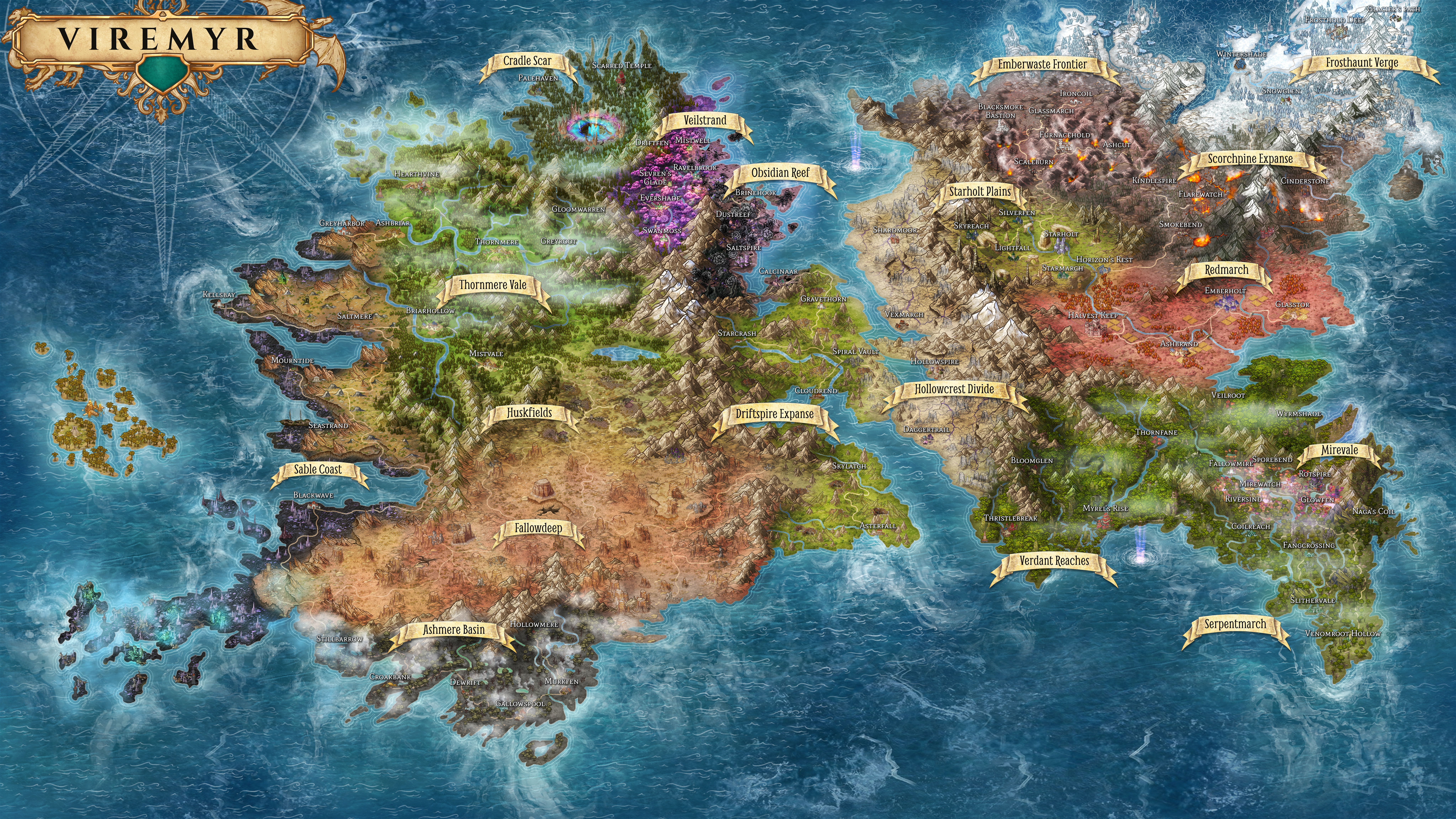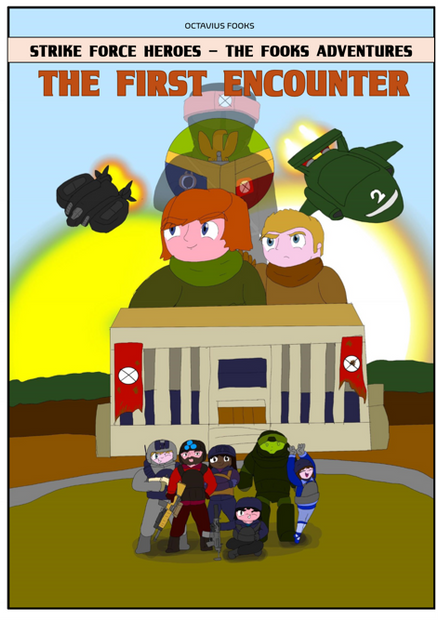HOME | DD
 GGNO4T — Jormungandr
GGNO4T — Jormungandr

#dragon #dragons #jormungandr #seaserpent #serpent #speculativebiology #projectdracopedia
Published: 2023-11-11 19:42:23 +0000 UTC; Views: 2704; Favourites: 23; Downloads: 2
Redirect to original
Description
Jörmungandr
Thalassoserpens rex (The king of the sea serpents)
· Habitat: pelagic zone
· Range: worldwide
· Diet: whales, cephalopods, sharks, marine reptiles, other jörmungandr
· Niche: top order carnivore
Taxonomy:
· Clades: daconisauria, terradracona, serpentia
· Superfamily: serpentoidea
· Family: thalassoserpentidea
Description
Being the largest dragon in the world and one of the largest animals in the world, rivalling the blue whale, the Jörmungandr can reach lengths of 30 meters or more and weigh around 80 to 150 metric tons and are said to live up to a hundred years, however specimens as old as this are incredibly rare since most jörmungandr only reach the age of around fifty until they are killed off by other marine megafauna, including their own kind. Although rarely seen, these dragons can be identified by their countershading pattern and nasal horn which they use as a horizontal stabilizer when swimming at high speeds. They also have rows of overlapping bony plates on their back, these are said to aid in both interspecific and intraspecific combat. They have been said to reach incredible speeds thanks to their incredibly muscular, paddle-like tail and the use of carangiform locomotion. Since they frequently dive to great depths in search of food, Jörmungandr have a selection of adaptations to aid them in their journeys to the depths of the ocean, their eyes are extremely sensitive thanks to a high amount of rods and are used to detect light emitted by bioluminescent prey and their horn helps them detect movement thanks to the high amount of nerve endings in it, electroreceptors have also been found in the horns but to a lesser extent. Additionally, the use of a collapsible ribcage and cloacal respiration help prevent decompression sickness, the use of myoglobin to store oxygen also aids in this endeavour and allows them to stay at these depths for an impressive 10 hours.
Life cycle
jörmungandr are known to breed once every 15 years in the winter months, when the time has come the jörmungandr will migrate north to the Arctic circle where they will congregate in large groups of around a hundred adults, during this time the males will compete among each other to attract females with the larger and older males pulling the most females and the younger males satelliting around the dominant males. Jörmungandr are viviparous, which means they give birth to live young. The dragonling will then stick with its mother for around 5 to 6 years, growing rapidly until it reaches sexual maturity where it will then leave its mother to fend for itself. During this time the mother will pass down all of her knowledge to her offspring. After reaching sexual maturity, the dragonlings growth rate will begin to decrease as it ages. After being left to fend by themselves, these young dragons will often die young, usually being preyed on by cetaceans and other marine draconisaurians. The few that do survive to reach the species‘ full size however will become a force to be reckoned with, the only thing capable of killing them being old age or other jörmungandr.
behaviour
Hunting:
The jörmungandr is known for hunting some of the strongest animals to swim the seas. When hunting, the jörmungandr will dive to depths of around 2000 to 4000 in search of food, that food typically being colossal cephalopods, apart from this the sea serpents will also search for food on the surface in the form of whales and other marine megafauna using their powerful bites, including its own kind. The jörmungandr are known to strangle their prey, biting onto them and wrapping their long, muscular body around their foes in an attempt to crush them. This strategy only works on singular targets and jörmungandr might find it challenging to fight off multiple targets such as pods of orcas and pack-hunting sea drakes. Younger individuals however will prefer to prey on smaller animals such as tuna, sharks and other large fish.
Social behaviour:
Jörmungandr are solitary creatures. When encountering another of their kind they usually don‘t show signs of aggression. This changes when a female is raising a young jörmungandr in which it will become incredibly aggressive to other jörmungandrs due to the species' cannibalistic tendencies. Additionally, during the mating seasons elder males will often engage in battles to assert dominance and obtain mating rights.
Although massive, Jörmungandr are usually gentle giants outside of hunting sessions and will only attack when provoked. When they are not hunting, Jörmungandr have been observed cruising along the surface allowing seabirds and dragons to land on its back and remoras and other marine life to pick off any parasites from its tough hide. Thanks to this behavior scholars have been able to sail alongside them and document them more thoroughly, even being able to land on the serpent on dragonback.
Human interactions
Human-wildlife conflict:
For such a big animal sightings of jörmungandr are rare due to their low population density. Young individuals have been known to follow fishing ships and investigate small boats. They are also affected by poachers. Although it seems that it would be impossible to bring down such a massive animal, poachers have found a way to bring these titans down. They will chase after the serpent with their fleet of ships, these ships usually have hulls reinforced with the dragon scales they had collected from other hunts and are armed with multiple ballistae and cannons. After catching up with the dragon, they will fire ballista bolts tipped with poison in an attempt to subdue the dragon, aiming at the head and belly and avoiding its reinforced back. They will also attempt firing harpoons that are connected to the ship in order to further tire it. Once the animal is exhausted enough to the point where it will stop swimming the poachers will open fire on it with their cannons, usually aimed at the head, this is often enough to kill it after which the poachers will tow it back to land where it will be harvested for its organs and durable hide. Luckily the hunting of jörmungandr has been deemed illegal by the International Draconic and Wildlife Guild and anyone charged with the poaching of jörmungandr will be sentenced to 10 years in prison, and if they are hunters hired by the guild, they will have their hunting license revoked indefinitely.
Cultural significance:
The jörmungandr makes up an important part of Scandinavian folklore, seen as creatures representing chaos and destruction and are said to be the physical incarnation of Aquaria, the water titan that shaped the seas, formed the first storms and joined the other titans to create the first dragons. To have a Jörmungandr cruise beside your ship is one of the greatest honours one can experience.
--------------------------------------------------------------------------------------------------------------------------------------
Hey there, thank you for looking at my drawing and reading my profile. I just want to clarify that there may be multiple parts of this profile that might not make sense such as the „ international“ draconic and wildlife guild and the titans, these are concepts that I will further expand upon in the future of this project. In short, the Titans are massive god-like beings that resemble dragons with each of them possessing the power of an assigned element, they are said to be the ones to have created the world and given birth to the first dragons. They are worshipped by cultures worldwide and are the only beings in this world to have „magical“ abilities. The International Draconic and Wildlife Guild is an international entity that is tasked with the protection, conservation, research and population control of all known species, this guild is inspired by the Hunters Guild from the Monster Hunter franchise

























